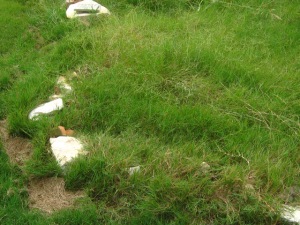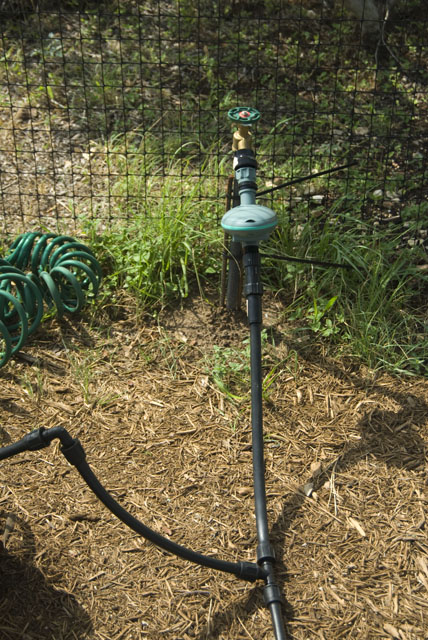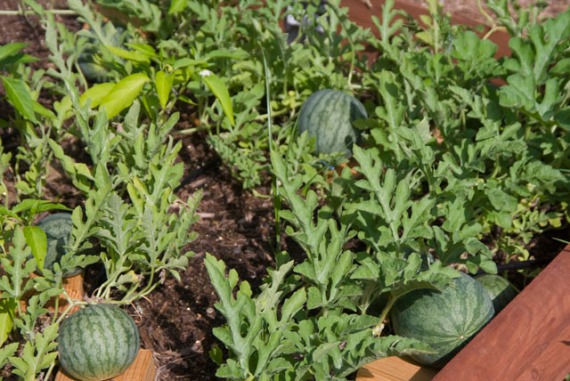When we first moved into our current home, we didn’t have the time to work on a nice landscape of our own. Besides, this is Texas and we were new.
After discussing our various preferences to the landscaper we had chosen, we turned him loose to prepare a plan, and as it happened, Take care of the landscape job itself.
Big mistake!
In the areas we had selected for some grass, he had specified Bermuda grass, as it is very heat tolerant and drought tolerant, both very important characteristics for a lawn in Texas.
At the time, I didn’t know but later discovered that while all these great characteristics were true, he left one out – it is VERY invasive. In some areas it is banned because of this.
Anywhere something met the edge of the Bermuda grass, it was overtaken by the Bermuda Grass. Borders, Stone Edges, Walkways – everything became a bed for Bermuda Grass.
Even a gravel pathway to a small alcove at the back of the lot became tangled with Bermuda grass.
And it’s almost impossible to kill. Even Chemicals only upset it for a short time.
Bermuda grass spreads three different ways
- Seeds
- Stolons
- Underground Runners
Stolons are horizontal runners that are actually part of the stem. They attempt to root themselves as they travel along the surface, crawl through rock cracks, etc.
Underground Runners are basically the roots that do pretty much the same thing the Stolons do, but do it underground making them difficult to find.
Take a look at the picture. One is a raised Garden bed made of dry stacked stone wall, and the other is a patch of lawn we couldn’t get at with my riding lawnmower. After I trimmed with a string trimmer, I covered in cardboard and newspaper, and then covered with a few inches of mulch.
Didn’t even slow it down
“Well, what do you do then, Steve?”
According to the research I did, both online and in print, the best way to fight Bermuda Grass is to remove it. Completely remove it.
And the best way I have been told is to Solarize it.
First we need to trim the grass as close as we can with a mover or string trimmer. In this case I’ll have to use a string trimmer.
Next I can either dig the soil up being sure to include the roots, or cover the area with some clear plastic sheeting for a few weeks or months.
I plan on solarizing some of the worst areas through the winter and see what it looks like in the Spring. If that doesn’t do it, I guess I’ll have to dig it out.
I’ll photograph the process for you to witness
Stay Tuned









